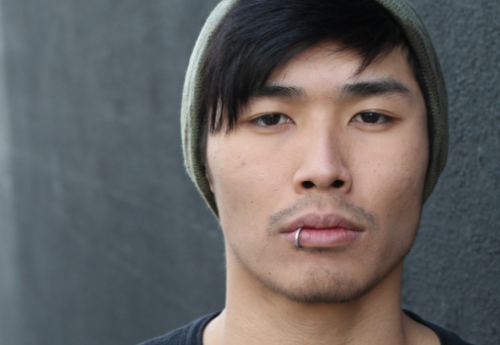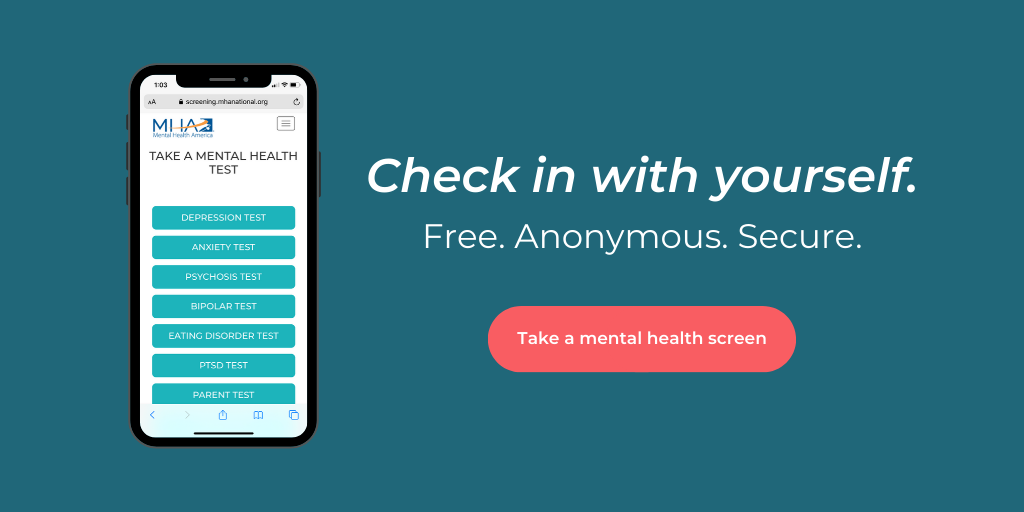Seasonal depression, also known as seasonal affective disorder (SAD) or the "winter blues," is a subtype of depression or bipolar disorder that occurs and ends around the same time every year. Seasonal depression typically occurs when the seasons change and most symptoms begin in the fall and continue into the winter months. However, seasonal depression can occur in the summer or spring, although this is less common.
Since seasonal depression has a predictable pattern of recurrence, preventative measures may help to reduce symptoms. Some forms of prevention that can help include beginning light therapy in the early fall before the onset of symptoms, exercising more, increasing the amount of light at home, meditation and other stress management techniques, spending more time outside, and visiting climates that have more sun.
- In a given year, about 5 percent of the U.S. population experiences seasonal depression. [2]
- Four out of five people who have seasonal depression are women. [2]
- The main age of onset of seasonal depression is between 20 and 30 years of age, however symptoms can appear earlier. [2]
- The prevalence of seasonal depression is anywhere from 0-10 percent of the population, depending on the geographic region. [2]
- Typically, the further one is from the equator, the more at risk they are for seasonal depression. [1]
- The reduced level of sunlight in the fall and winter months may affect an individual’s serotonin, a neurotransmitter that affects mood. Lower levels of serotonin have been shown to be linked to depression. Brain scans have shown that people who had seasonal depression in the winter had higher levels of a serotonin transporter protein that removed serotonin than in individuals who did not have seasonal depression. [2] , [4]
- Melatonin, a sleep-related hormone secreted by the pineal gland in the brain, has been linked to seasonal depression. This hormone, which can affect sleep patterns and mood, is produced at increased levels in the dark. Therefore, when the days are shorter and darker the production of this hormone increases. Melatonin can also affect an individual's circadian rhythm, or "biological clock", resulting in ‘internal clocks’ being out of sync with ‘external clocks’, or the usual sleep/wake rhythms. This can result in some of the symptoms associated with seasonal depression. [1] , [2] , [4]
Symptoms of seasonal depression are typically consistent with those that occur with depression, and sometimes it can difficult to tell if someone has seasonal depression or other types of depression. [1] Symptoms that are typically more common in seasonal depression than in other forms of depression are carbohydrate craving, increased appetite, excessive sleepiness, and weight gain.[2]A diagnosis of seasonal depression can be made after two consecutive occurrences of depression that occur and end at the same time every year, with the symptoms subsiding the rest of the year. [5] Specific symptoms of seasonal depression can include:
- Depression: misery, guilt, loss of self-esteem, hopelessness, diminished interest in activities, despair, and apathy
- Anxiety: tension and inability to tolerate stress
- Mood changes: extremes of mood and, in some, periods of mania in spring and summer
- Sleep problems: desire to oversleep and difficulty staying awake or, sometimes, disturbed sleep and early morning waking
- Lethargy: feeling of fatigue and inability to carry out normal routine
- Overeating: craving for starchy and sweet foods resulting in weight gain
- Social problems: irritability and desire to avoid social contact
- Sexual problems: loss of libido and decreased interest in physical contact
- Phototherapy or bright light therapy has been shown to suppress the brain’s secretion of melatonin. Although, there have been no research findings to definitely link this therapy with an antidepressant effect, light therapy has been shown to be effective in up to 85 percent of diagnosed cases. Patients remain in light up to ten times the intensity of normal domestic lighting up to four hours a day, but may carry on normal activities such as eating or reading while undergoing treatment. The device most often used today is a bank of white fluorescent lights on a metal reflector and shield with a plastic screen. [1] , [2]
- If phototherapy does not work, an antidepressant drug may prove effective in reducing or eliminating symptoms, but there may be unwanted side effects to consider. Discuss your symptoms thoroughly with your family doctor and/or mental health professional. [1] , [2]
- In some studies, Cognitive Behavioral Therapy (CBT) has also been shown to be effective; however, research is limited.
Winter Break Survival Tips for College Students
Whether it is adjusting to living at home again or not having anything to do, winter break can sometimes feel more overwhelming than school.
Looking for support during the holidays?
Many people experience an increased sense of loneliness and isolation during this time of year. Here's some free resources for extra support and connection.
Depression
Depression causes people to lose pleasure from daily life, can complicate other medical conditions, and can even be serious enough to lead to suicide.






